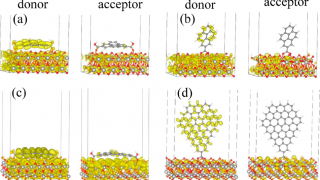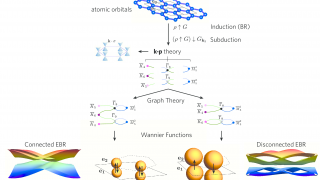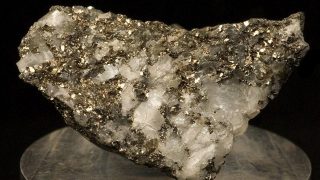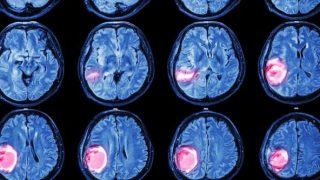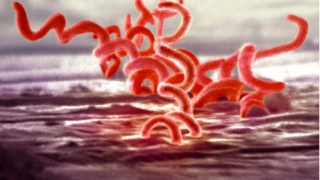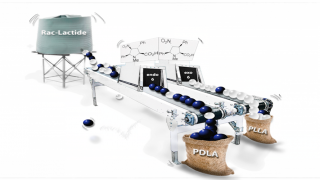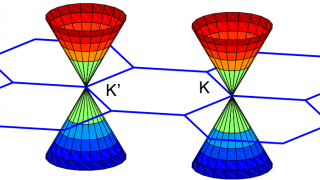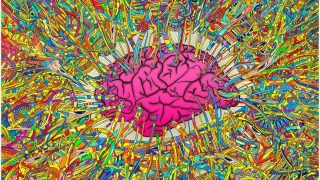
The smell of Alzheimer’s
Diagnosis is one of the trickiest steps in disease management for many diseases, ranging from some types of cancer to rare diseases or neurodegenerative disorders, like Alzheimer’s for instance. Even though we have been hearing long about the disease, to date the only reliable diagnosis comes from a postmortem brain analysis and the finding of […]

